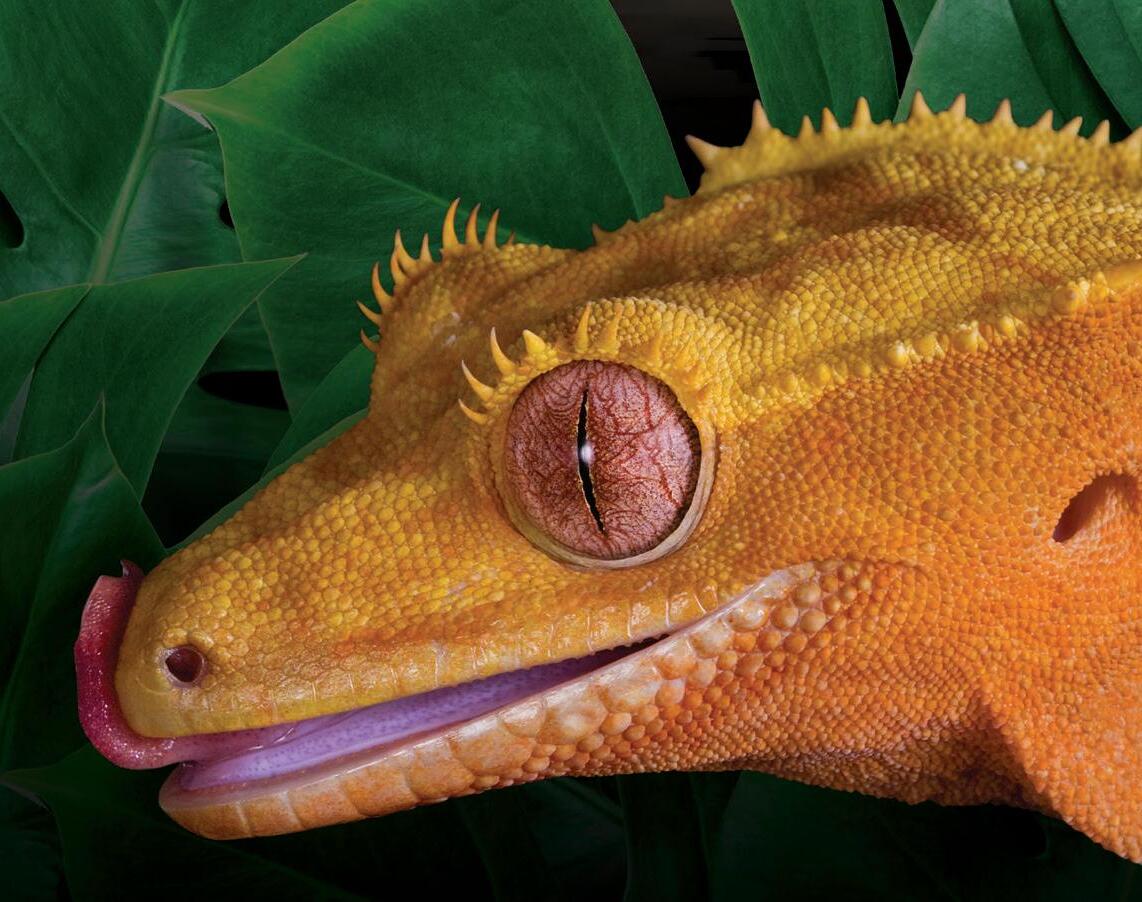
2 minute read
BRITAIN’S DEADLIEST
Is there danger on our doorstep?
The UK isn’t particularly renowned for being the home of dangerous species, such as the likes of Australia or Africa. However, there are indeed some species on our soil that have the potential to put you six feet underground. You might not have thought of some of these!
Advertisement
Adder
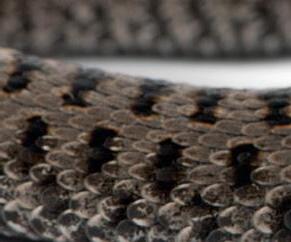


The adder is known as our only venomous snake, and usually feared for this reason. While this is indeed true, and the venom can make you very unwell, no deaths have been reported in the UK from an adder bite since 1975. It is also very treatable should an adder bite you. Due to their declining numbers and general rarity, it’s unlikely you’ll be at risk for an adder bite unless you decided to pick one up (which is unwise and actually illegal to cause harm or attempt to kill an adder as a protected species). They pose more of a threat to pets and young children, so always be aware when you are in potential adder habitats during their active summer months.
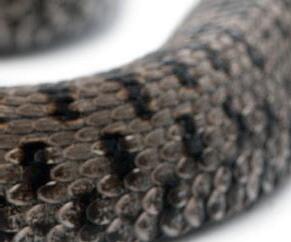
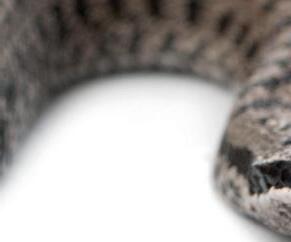
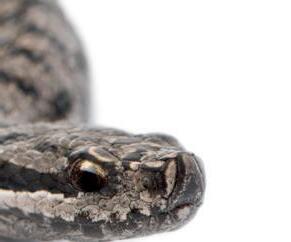
Weever fish
is treatable, and symptoms usually subside within a few hours – but this still sounds like an experience to avoid. Wearing tough-soled foot protection in the sea is a good idea.
Ticks


A silent threat often not considered, ticks are abundant in grassy woodland areas waiting to latch onto your skin to feed on blood. The issue is that ticks can carry diseases between hosts, most dangerous of all being Lyme disease. Lyme disease can cause nasty symptoms such as large rashes, joint swelling and even cardiac issues. Protect yourself from ticks by covering your lower legs and ankles when outside and checking yourself over when returning home.
There are also several plant species to be aware of in the UK that can be seriously or even fatally poisonous. Giant hogweed causes photosensitivity leading to extreme burning and blistering, while wolfsbane and deadly nightshade with their unassuming purple flowers can quickly cause death if ingested by mistake, and even prolonged contact can be harmful.
Known as a bane of the British seaside holidaymaker, the weever fish has sharp venomous spines located on the first dorsal fin and around the gills. As this fish buries itself in the sand in shallow waters, it’s surprisingly easy to find yourself accidentally stepping on it, resulting in severe pain and symptoms such as light-headedness, nausea and shortness of breath starting after only a few minutes. Luckily, the sting
Deer
While a majestic sight, deer are actually considered one of the most dangerous animals you can encounter in the UK. The main threat they pose is crashing your car – deer are notorious for leaping out unexpectedly onto country roads, causing an average of 5,000 car accidents per year. On top of that, rutting male stags become extremely aggressive and can severely injure you with their antlers and hooves, so it pays to keep a respectful distance from deer and to be vigilant when driving in rural areas.
Portuguese man o’ war
Occasionally, these siphonophores can wash up on beaches around the UK. They are able to sting you in or out of the water, and the stinging tentacles are on average 10 metres long. The venomous nematocysts cause intense stinging and inflammation of the skin, but this usually subsides in a few hours. Serious complications are rare, but a drifting of these organisms into a beach can often result in the closure of the area, just for good measure.

